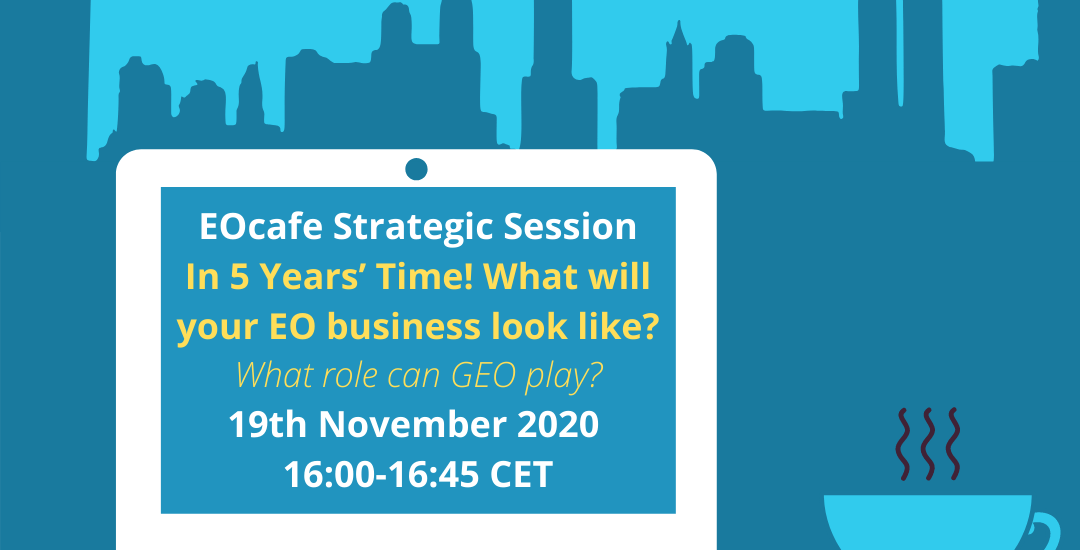Information:
The Earth Observation (EO) service industry is evolving extremely fast. The EARSC industry survey records steady annual growth of over 10%. New companies are appearing almost every day. Artificial Intelligence has succeeded cloud services as the latest major technological trend which is shaping the sector and new data streams are coming on-line as more and more EO satellites are launched. Platforms and on-line services are taking over from bespoke, consultancy, one-off projects.
Further, the sector is dominated by SMEs and start-ups which are bringing innovation and new ideas to the market. We are finding that many of these new companies are coming from outside the sector and adopting EO as a contributing data source to complement their existing offers. What will be their business model for the future?
Finally, governments currently represent 50% of the market for commercial EO services. Many governments are supporting their use of EO services through agencies and other public bodies which also seek to position themselves in the ecosystem – sometimes in competition with the industry which they purport to support. How can this be organised to the benefit of both public and private actors?
In the face of these challenges, how might the sector evolve?
EARSC has several projects e.g PARSEC, FIRE, e-shape, ConnectEO aimed at helping the new companies to develop and grow. But what does this mean in the face of giants such as Google, Amazon and other IT players? How can a young, entrepreneurial company navigate the maelstrom of this ecosystem? The opportunities seem to be enormous – but then so are the challenges.
Joining our host, Geoff SAWYER, EARSC’s Strategic Advisor and former Secretary General to discuss this strategic picture will be Steven Ramage. Steven is known to many in the sector for his work as Head of External Relations at GEO – the Group on Earth Observations. GEO has 112 countries as members and even more participating organisations (effectively partners) and has just held its latest annual meeting organised as a virtual event including an industry track. GEO seeks to encourage industry engagement so the question is, how can GEO help companies grow in this market? What can EARSC and GEO do together to achieve our respective goals? What might this mean for the sector and what might it look like in 5 years’ time?
